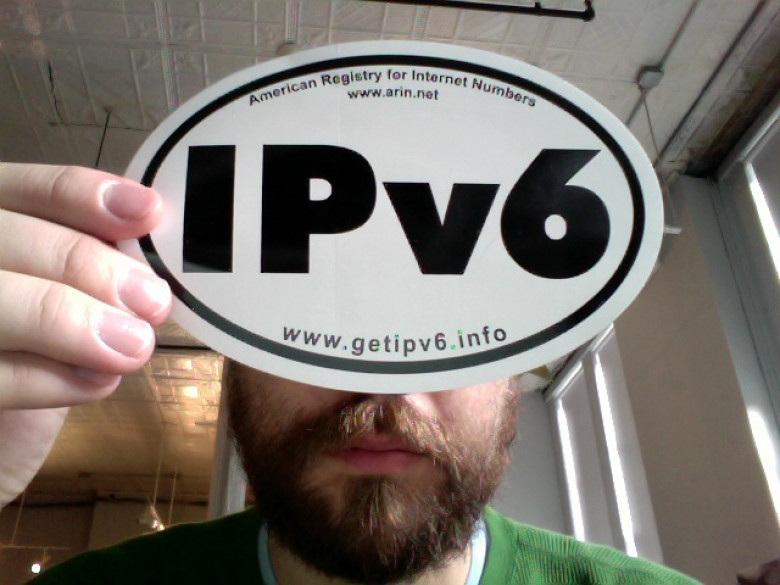8 security considerations for IPv6 deployment
Although vendor-written, this contributed piece does not advocate a position that is particular to the author's employer and has been edited and approved by Network World editors.
Feb. 3, 2011, came and went without much fanfare, but it was a milestone for Internet stakeholders, whether they knew it or not. On that Thursday, the last available IPv4 addresses were allocated by the Internet Assigned Numbers Authority (IANA). Though some Regional Internet Registries (RIRs) have a reasonable inventory of IP addresses that could last another year or two, the days of "new" IPv4 address allocations are largely over.
Now that we're out of IPv4 allocations, it's time to get serious about adopting the next generation of Internet Protocol, IPv6. With a 128-bit address space (compared to IPv4's 32-bit space), IPv6 can accommodate the ongoing and exponential growth of the Internet, which currently is adding about a million new devices every hour. In fact, compared with the 4.3 billion IP addresses that IPv4 allows, IPv6 will enable another 340 trillion, trillion, trillion addresses -- enough to accommodate global Internet demand for the foreseeable future.










































































